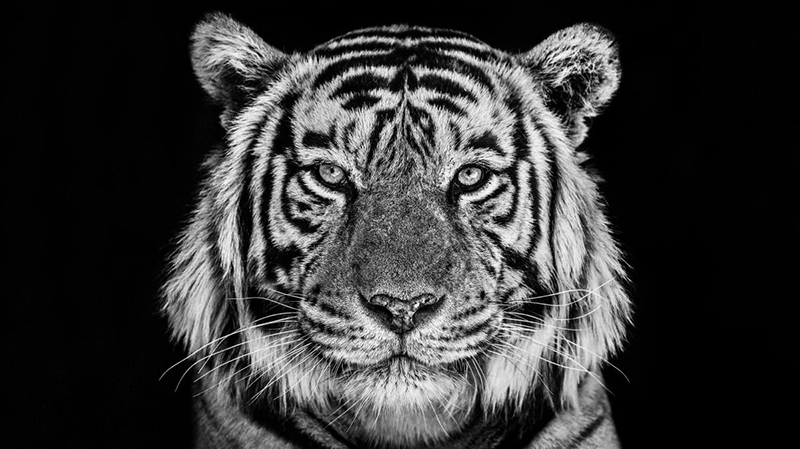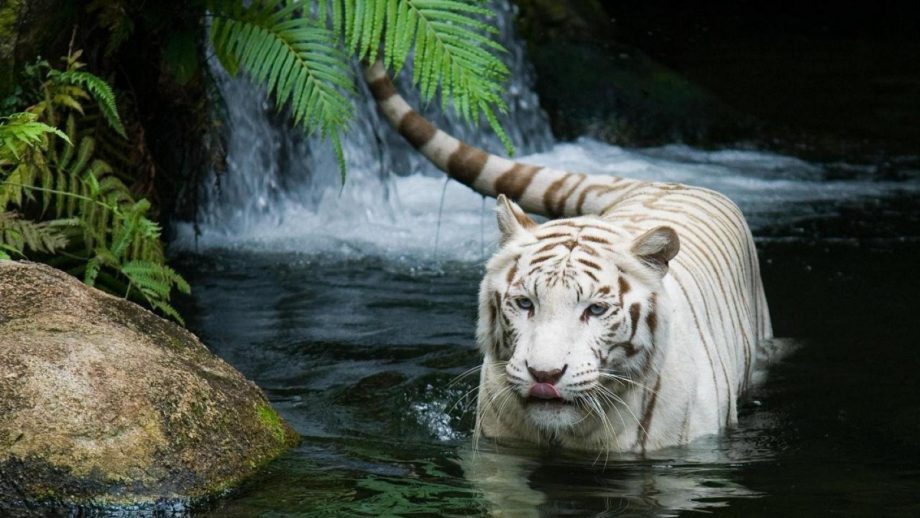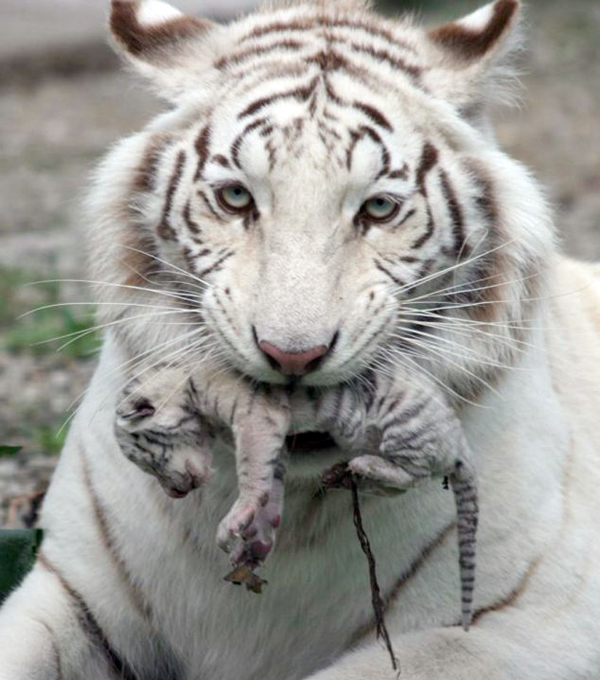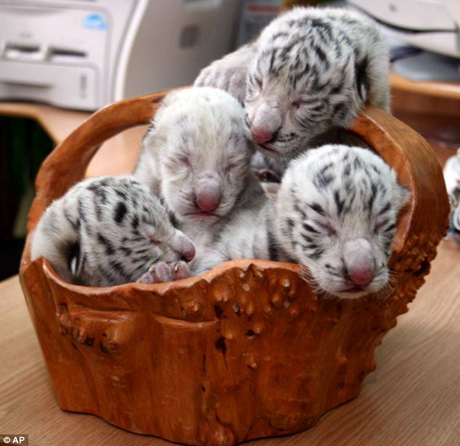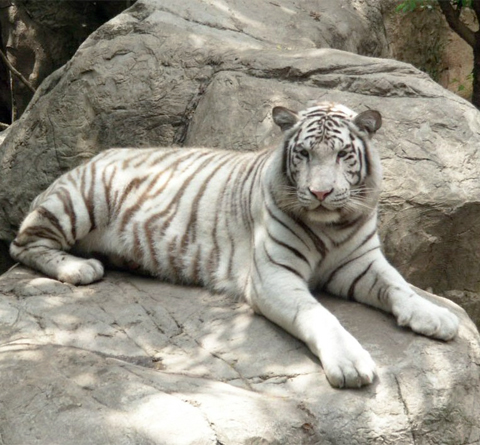The International Tiger Day is observed every year on July 29 across the world in order to raise awareness for tiger conservation.
Founded in 2010, at the Saint Petersburg Tiger Summit in Russia after it was registered that 97 percent of tigers had disappeared, the day promotes a global system for protecting the natural habitats of tigers. The International Tiger Day is observed by several international organizations including – the World Wide Fund for Nature, the International Fund for Animal Welfare, and the Smithsonian Institution.
According to the World Wildlife Fund, India is home to over half of the world’s wild tigers – 2,226. It reported that while Malaysia’s tigers are critically endangered with as few as 250 remaining, Indonesia’s wild tigers are now found solely on the island of Sumatra. The organization has also called for urgent action to protect the tigers.
Globally, the day is celebrated by holding conferences, seminars, and discussions on saving the tigers.
Meanwhile, according to the National Tiger Conservation Authority, there were 1,059 tiger deaths in India since 2012 with Madhya Pradesh recording the highest number of deaths.
Congress on its official Twitter handle on Friday has urged people to come together and “enhance efforts for conservation of the endangered species.”
Article Source: extract written by Manjiri Sachin Chitre of the Hindustani Times Newspaper.
Did you know that this year is ‘The Chinese year of the Water Tiger’ and that it began on February 1st and will last until January 21st of 2023 when the Year of the Black Rabbit will begin. ‘Tiger’ is the third of the twelve Chinese zodiac signs, and its corresponding European Horoscope Zodiac sign is Aquarius.


